Your Cart is Empty
free shipping on orders above $99
Menu
-
- Shop
- Product Support
- Media
- Product Registration
- About Us
-
- 1-877-245-9113
- Login
-
United States (USD $)

free shipping on orders above $99
Wood Duck Calling Tips
Calling wood ducks is a lot of fun and can truly be effective when done correctly. Mastering a wood duck call is easy and will provide another tool in your arsenal for calling ducks.
We've all heard the loud, screeching whistles that wood ducks make as they are flying - THIS IS NOT THE SOUND YOU WANT TO MAKE with your new wood duck call. This vocalization is only made while wood ducks are flying, but your goal is to imitate ducks resting on the water.
Hold the call gently in the crook between your thumb and index finger, and bend your fingers slightly around the insert to support the call. Raise the call to your lips as if you were drinking from a bottle, with the call resting on your bottom lip and your top lip formed closely to the top edge of the mouthpiece. Keep a good seal on the mouthpiece so no air escapes as you blow into the call. There are three notes you need to learn to effectively use a wood duck call to make the sounds of wood ducks on the water: Low, Mid, and High Notes
1. Low Note: blow a modest amount of air into the call - enough to lift the reeds and make a low whistle, but not so much air that the call squeals. This simple technique is the first note you need to know.
2. Mid Note: begin by making the Low Note described above and then increase the amount of air pressure you blow into the call. This will cause the reed to lift more and produce a distinctly higher note. Practice this transition from going between the Low Note (modest air pressure) and the Mid Note (increased air pressure) until you can go back and forth seamlessly.
3. High Note: the High Note is a continuation of the Mid Note. You will create the High Note by closing your call hand around the insert so that you partially cover the exhaust hole. Covering the exhaust hole creates back pressure that makes the call produce a wood duck's distinctive "whine" sound. Continue to practice the transition from going from Low, to Mid, to High Notes by opening and closing your hand around the exhaust and varying your air pressure as you learned above.
Now that you know how to make the notes, here are the calls you want to focus on:
Social Call - this is a short two-note call that contented wood ducks make on the water. It is simply done by using the Low Note and Mid Note together, as if your saying "Tooo-whit". You can vary the length of the first note to get different sounding calls, but keep the second note short and crisp. To-whit, Tooo-whit, TOO-oo-whit
Contented Whine - this call is made by using the Mid Note and the High Note together, again, closing your hand around the exhaust to make the High Note. It will sound something like too (Mid Note) - Wheeet (High Note). too-Wheeet, too-oo-Wheeeet. You can vary the back pressure on the High Note by moving your hand to achieve different inflection in the call.
Flutter - this is another easy call to make, and you will often hear wood ducks make this sound when they are gathering up or even when drakes are chasing hens. To make this flutter sound, simply blow into the call and roll or flutter your tongue, like the motion you used to make a machine gun sound with your tongue when you were a kid. You can vary the inflection in these sounds by cupping your hand over the end of the call as you finish the note.
Subscribe
Sign up to get the latest on sales, new releases and more …

Closed for the Holidays
ANY order placed after 12:00 PM CST on December 23, 2025 WILL NOT ship until January 5, 2026.
Regular business hours will resume on January 5, 2026.
Merry CHRISTmas and Happy New Year!
